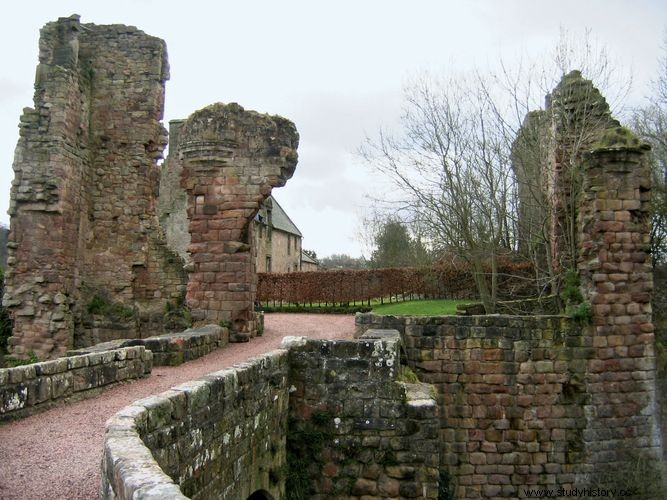Midlothian , Southeastern Township and Historic County Scotland , south of the Firth of Forth. The historic county and township includes slightly different areas. The municipal area includes a suburban and rural area south and southeast of Edinburgh . The northern part of the parish is in the low coastal plain bordering the Firth of Forth. The remainder is gently rolling country, gradually rising to the Moorfoot Hills to the south. The River Esk flows north through the area and empties into the Firth of Forth. The township is entirely within Historic County, which includes the southeastern portion of West Lothian includes township, a hilly region south of the Moorfoot Hills, encompassing the upper valley of Gala Water in Municipal area of Scottish Borders surrounds , the town of Musselburgh in the parish of East Lothian and most of the township area Edinburgh , including the historical core urban area.

The remains of prehistoric forts are found on several hills in the historic county of Midlothian. In Inveresk and Cramond were roman identified settlements that probably lie along the main Roman road leading north from England. Along with the rest of the Lothian Region, Midlothian was subsequently held by the Angle by Northumbria , but in the 11th century ce king Malcolm II of Scotland (reigned 1005-1034) conquered the territory. Edinburgh became the capital of Scotland in the 15th century. Midlothian's history from this period is essentially that of Edinburgh, and until the 20th century the county was known as Edinburghshire.
As well as Edinburgh's architectural wealth, Midlothian has the remains of many church buildings, including the large Cistercian Abbey at Newbattle and a church of the Knights Templar in Temple. There are numerous castles and country houses built after 1400, especially near Edinburgh. Famous battlefields include Pinkie (1547), Carberry Hill (1567), and Rullion Green (1666).
Oats, barley, potatoes, beets and wheat are among the crops grown in Midlothian Council. Dairy cattle and sheep are kept. The leading industry sector is electronics manufacturing, concentrated in the suburban towns outside of Edinburgh, and there is a sizeable Service sector . Dalkeith is the management center. Other major cities are Bonnyrigg, Loanhead and Penicuik. Area Council Area, 354 square kilometers. Pop. (2001) Council Area, 80.941; (2011) Council Area, 83.187.
